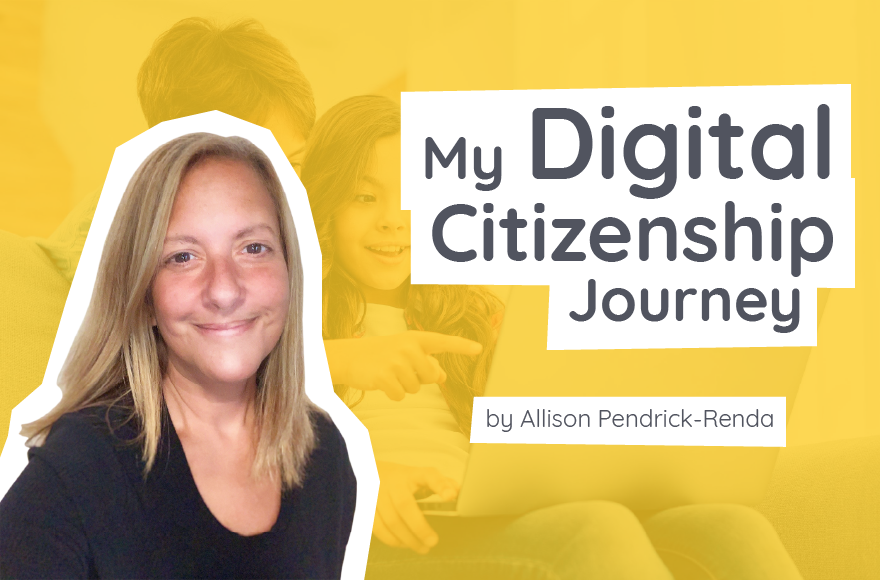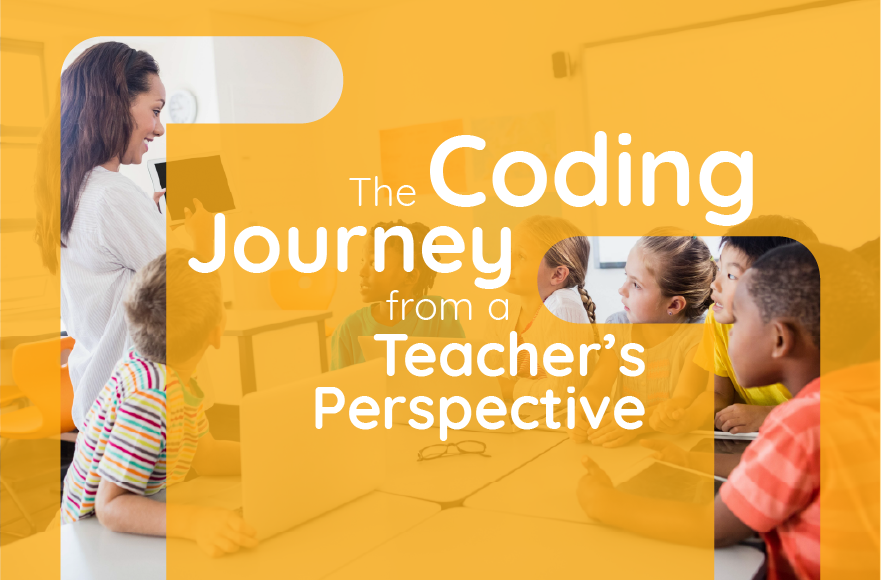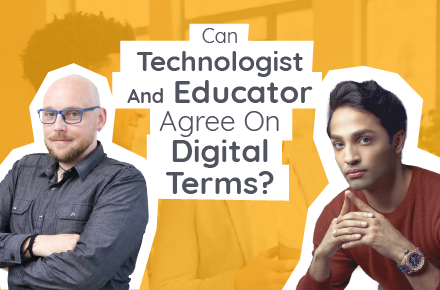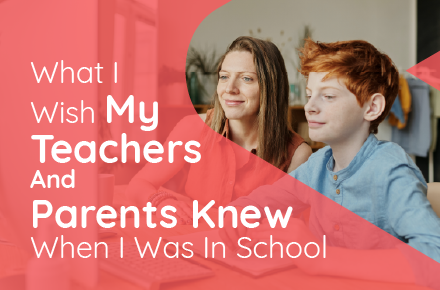My journey with digital citizenship started in 2013. So much has changed since then. Topics, issues, discussions, apps, sites, resources – anything connected to technology changes like {snap} that! How can you stay ahead of it or at least at the same pace?
Let me start by setting Scene 1.
In June of 2013, I worked for a title one school district as a part-time AIS math teacher, waiting for my technology skills to shine and an opening for a “computer teacher.” There currently was no one in the position. I kept stressing the importance of digital literacy (computer skills). After all my fusing, I finally made an impact. I was privileged to teach ‘computers’ in my computer lab!
After the excitement, I knew my next step would be to write my curriculum for 3rd-5th grade students. I knew what was important personally, but what did the students need to know at that age? I figured every grade would have to start at the same level, and then I could adjust the content area. I started researching and settled on a few topics to start.
- How to log in (an obvious one)
- How to search the internet efficiently (note the word efficiently, not effectively)
- How to create a word processing document (basic layout, fonts, style, size, margins)
- Digital Citizenship (this was new to me, so I knew I had to do some additional research)
Please note, at that time, the students did not have a computer class, there was no talk of 1:1, Google was not the hype, there was no talk of virtual learning, and I was told by administrators that I should not focus on keyboarding instruction because the keyboard will become obsolete very soon (we will come back to that later).
I started reading about how other teachers were tackling these topics. That’s when I was introduced to Common sense education. They opened my eyes to many new topics I didn’t even know existed. There were articles, videos, community groups, lesson plans, guides, and MORE! I smiled with satisfaction and relief, “I found my pot of gold at the end of the rainbow,” I cheered! Okay, I know, a bit much, but I felt like I hit the lottery. I found everything I needed to teach digital citizenship and some extra activities. I found applications that were reviewed by teachers and Common sense education. I was very pleased with myself.
My first year was challenging. I was that typical teacher/person who thought because a student has a computer or tablet or phone doesn’t mean they are tech-savvy or know how to be safe, respectful, and responsible. I only tested digital citizenship out with the fifth-grade students because time ran short for the other grade levels. We focused on making a digital citizenship pledge for in school and out. We talked about online gaming and chat rooms and private and personal information. Overall, I learned A LOT that year about technology, myself as a teacher, and the 425 students I connected with.
Scene 2: 2014-2015
This school year, I was fresh and ready to go. I created my course progression for the 4th and 5th-grade students, added digital citizenship to the 4th and 5th-grade curriculum, and snuck in keyboarding because I didn’t agree with administrators that the keyboard was going away anytime soon. I researched Common sense education again for something new to try. That year I attempted pen pals from another state thanks to a suggestion from a Common sense education community member.
This was also the first year I became a Certified Digital Citizenship Educator. I was so proud of my accomplishments, the student accomplishments, and the fact that I had come a long way with Common sense education’s help.
Scene 3: 2015-2016 (don’t worry, we won’t be going through each year)
I decided to include digital citizenship with all the students this school year. I realized that the students needed a progression. Common sense education offered an example of a course progression easily mapped out for me. Unfortunately, my students were starting at the 3rd-grade level and had never been exposed before my class. So at first, I had to backtrack to get everyone ‘up to speed’ as much as possible. I used the prior grade’s lesson to teach the students what should have been learned in kindergarten, first and second grade. I modified the lessons because of the age difference, of course.
This was also the year I started teaching students how to be efficient when searching the internet and how to search effectively. Common sense education provided a great project (this is the updated version of the lesson ) that taught the students just that!
At the end of the school year, I applied for my certification in Common sense education. To my surprise, I received an email stating that we met the requirements for becoming a certified SCHOOL! I didn’t know this opportunity existed. I always was focused on the lessons and resources, not certifications. I remember glowing with pride. I ran to my principal’s office, “Look at what the students accomplished, look at the topics they discussed, look at what they earned,” I yelled, jumping up and down with excitement. The communication department wrote an article about the students, me, and Common Sense education.
From that year on, digital citizenship grew throughout my district. I continued my certification and became an ambassador as well. I presented at conferences, trained my colleagues, and encouraged our lower elementary, middle, and high school to join the digital citizenship discussion, earning us District Certification. During our first year at the district level, I also got a handful of teachers to become certified. By our second year, we had certified 30 of our teachers. We held special events during digital citizenship week, guest speakers throughout the year, and even themed dress-up days like ‘dress as your favorite superhero or wear green to support Common sense education.
I continued to work with Common Sense education by writing reviews for applications such as MinecraftEdu, was interviewed for EdTech Magazine, and spoke at several webinars live and virtual. My school district even contacted me for help regarding inappropriate behavior on students’ devices. The students were comfortable coming to me for help and advice. So the principal always had me present when talking to students about their behavior. I created a class called P.O.L.E. (Positive Online Education) for students who were inappropriate on their devices (gaming, inappropriate searching, chatting, etc.) The class wasn’t meant to scold the students but to educate them on how they could have handled the situation differently.
Scene 4: 2022
Fast-forward to now. (No, I am not reviewing the years during COVID, that’s a whole nother blog!)
I ended my journey as a teacher, instructional technology coach, and trainer. I was offered a position with BSD Education as their trainer and coach for North America. This was my opportunity to spread my wings but still stay with my passion for digital literacy.
During the interview, I was asked if I had any questions. My response was, “I know your design and support curriculum are based on digital skills, but what about digital literacy, specifically digital citizenship?” Their response was, “Of course! One of the first projects students come to is how to create a digital citizenship pledge.”
I was sold!








